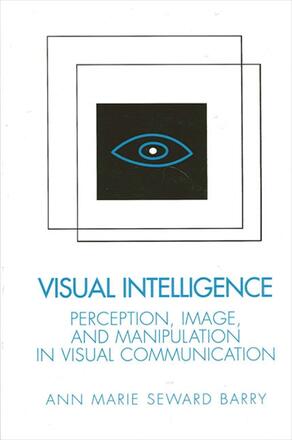
Visual Intelligence
Perception, Image, and Manipulation in Visual Communication
Alternative formats available from:
Cuts across perceptual psychology, art, television, film, literature, advertising, and political communication to give the reader critical insight into the holistic logic and emotional power of the images that dominate our lives.
Description
Today, our environment is dominated by the visual. This book explores "visual intelligence" as a basic and indispensable tool of cultural survival. The author offers a practical manual on a non-superficial level for those who seriously want to know how images are processed, how they function in relation to our innermost beings, and how they form the psychological fabric of our political, social, and economic environment. Barry defines how we derive meaning from images and examines perceptual process, how it has evolved, and the role it plays in our thinking. She critically examines the concept of rationality and explores how visual logic works to create meaning. The book goes behind the obvious and beyond the superficial as it critically examines the visual power and logic of images, cutting across a variety of areas: perceptual psychology, art, television, film, literature, advertising, and politics.
The second section of Visual Intelligence examines the role which various media play in creating the images which impact our lives: how visual images create a language with profound psychological meaning, and how print, television, and film media manipulate images to create desired emotional effects. Close-ups explore visual subtleties in such areas as digital manipulation, camera attitudes, and contextual framing, as well as the social consequences of "image" as an abstract concept expressed in concrete visual terms. Part III looks critically at the most controversial areas of image persuasiveness today—advertising, politics, and entertainment.
Ann Marie Seward Barry is Associate Professor of Communication at Boston College. She is the author of The Advertising Portfolio.
Reviews
"We have always been interested in 'what images mean,' but in the current era of expanding visual technologies, the question is critical. Visual intelligence is recognized as an aspect of intelligence that is crucial to understanding our world. The role of visual intelligence must be considered in the educational process. The increasing role of visual images in our society necessitates increasing skills in the reading and understanding of those images. This book hits on a central quandary of contemporary society, the power of visual media and the use and control of that power. " — Mary Stieglitz, Boise State University